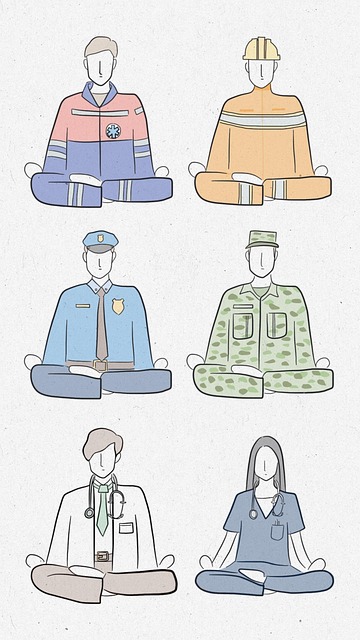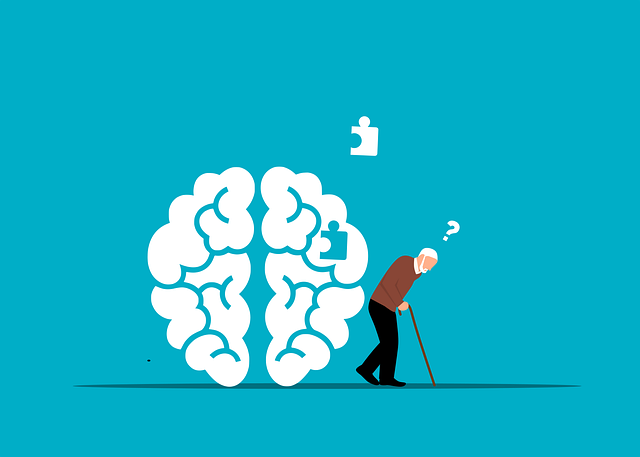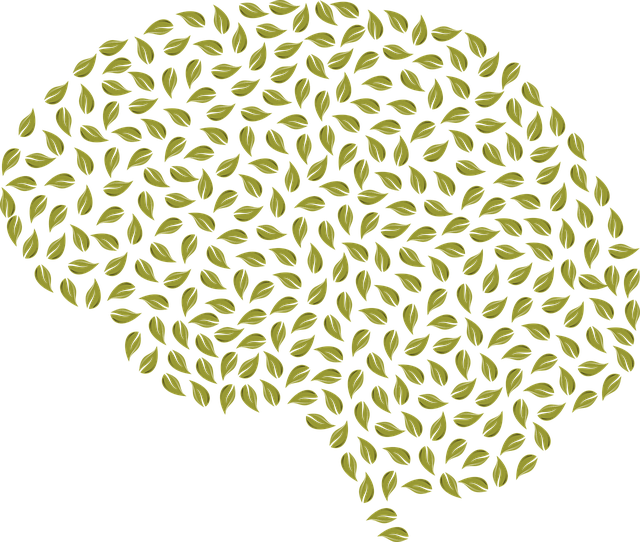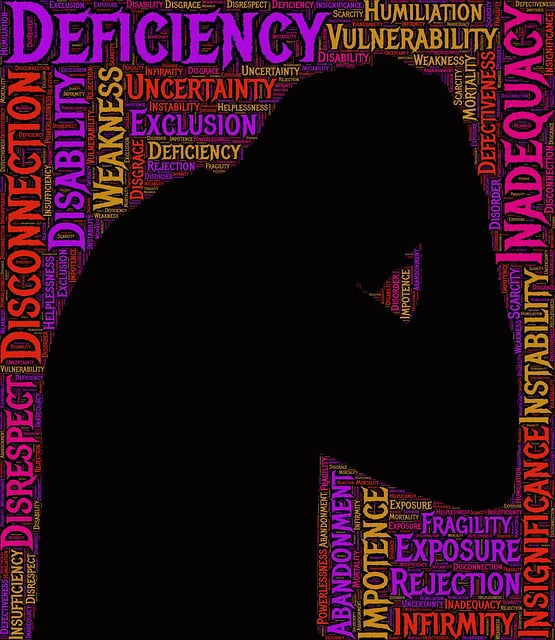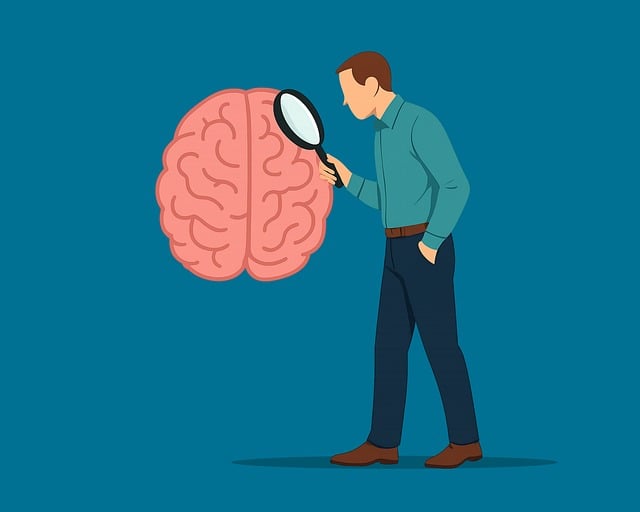Adolescent teens face significant stress from various sources, leading to mental health issues like anxiety and depression. Effective therapy for adolescent teens focuses on building inner strength, teaching coping mechanisms, and fostering resilience. Integrating therapy into education creates safe spaces in academic settings, promoting emotional well-being and life skills. A comprehensive mental health program for teens includes modules on stress management, emotional regulation, and confidence building through interactive workshops and mindfulness meditation. Evaluating the success of such programs involves assessing knowledge, attitudes, behaviors, and qualitative feedback to ensure continuous improvement tailored to therapy for adolescent teens stress management needs.
Mental health is a cornerstone of overall well-being, especially for adolescents navigating the challenges of teen stress. This article explores the intricate process of designing comprehensive education programs focused on mental health and stress management tailored for this vulnerable demographic. We delve into understanding the root causes of adolescent stress, its impact, and the integration of therapeutic practices within educational settings, fostering a holistic learning environment. Furthermore, it provides insights into structuring these programs with engaging modules, interactive activities, and effective evaluation methods to ensure positive outcomes.
- Understanding Adolescent Teen Stress: Causes and Impact
- Integrating Therapy into Education: A Holistic Approach
- Program Structure: Modules, Activities, and Interactive Learning
- Measuring Success: Evaluation Methods for Mental Health Programs
Understanding Adolescent Teen Stress: Causes and Impact

Adolescent teens face a unique set of challenges that can contribute to significant stress and negatively impact their mental health. Today’s fast-paced world presents numerous pressures, from academic demands and social media expectations to peer pressure and familial responsibilities. These factors can create a perfect storm for teenagers, leading to heightened anxiety, depression, and even more severe issues if left unaddressed.
Understanding the causes of stress among this demographic is crucial for implementing effective therapy and stress management techniques. By recognizing the various triggers, mental health professionals can design tailored interventions focusing on inner strength development. This proactive approach not only equips teens with coping mechanisms but also fosters resilience, enabling them to navigate life’s challenges more effectively. Moreover, regular risk assessments are essential to identify potential burnout prevention strategies for both adolescents and mental health providers, ensuring a sustainable and supportive environment for healing and growth.
Integrating Therapy into Education: A Holistic Approach

Integrating therapy into education offers a holistic approach to mental health support, particularly for adolescent teens. This strategy recognizes that learning and emotional well-being are intrinsically linked. By incorporating therapy sessions into academic settings, schools can create a safe space where teens can explore and manage their stress, boost confidence, and cultivate positive thinking.
Therapy provides a platform for adolescents to develop essential life skills in emotional regulation. It equips them with tools to navigate challenges, enhance self-awareness, and foster resilience. This proactive approach not only addresses immediate mental health concerns but also empowers teens to maintain long-term well-being.
Program Structure: Modules, Activities, and Interactive Learning

A well-structured mental health education program for adolescent teens should incorporate various modules designed to equip them with essential skills for navigating their emotional landscape. Each module can focus on specific aspects of mental wellness, such as stress management, emotional regulation, and confidence boosting. Engaging activities that facilitate active learning are key to the program’s effectiveness. This could include interactive workshops, group discussions, and practical exercises that promote self-awareness and coping strategies.
For instance, incorporating mindfulness meditation sessions can teach teens techniques to calm their minds and reduce stress levels. Interactive games or scenarios aimed at enhancing emotional intelligence will enable them to recognize and manage their emotions effectively. By combining theoretical knowledge with hands-on activities, the program ensures that adolescents not only understand mental health concepts but also develop practical tools for maintaining well-being.
Measuring Success: Evaluation Methods for Mental Health Programs

Evaluating the success of a mental health education program is paramount to understanding its impact and effectiveness. Measuring success goes beyond mere attendance; it involves assessing changes in participants’ knowledge, attitudes, and behaviors related to mental well-being. Standardized questionnaires, self-reported surveys, and observational assessments are valuable tools to gauge improvements in areas such as stress management among adolescent teens. These methods allow for tracking progress over time, identifying learning outcomes, and pinpointing aspects of the program that resonate most with participants.
For instance, incorporating compassion cultivation practices and empathy building strategies can be effectively evaluated through qualitative feedback mechanisms like focus groups or interviews. This provides deeper insights into how participants internalize concepts learned, especially regarding trauma support services. By combining quantitative data from surveys and qualitative information from these interactions, program designers can create a comprehensive picture of mental health education outcomes, ensuring continuous improvement tailored to the unique needs of adolescent teens.
Mental health education programs play a vital role in equipping adolescent teens with essential skills for stress management. By integrating therapy into education, we take a holistic approach that addresses the root causes of stress and its impact on young lives. Program structures designed around interactive modules and engaging activities foster an environment where learning is accessible and effective. Measuring success through evaluation methods ensures these programs are making a tangible difference, ultimately promoting mental well-being among our youth. Incorporating therapy into education is a game-changer in stress management for adolescent teens.
